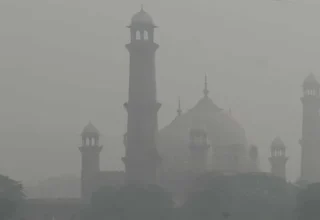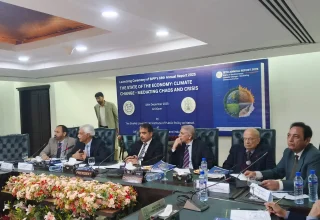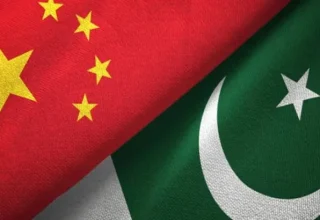
Lahore and large parts of central Punjab are once again enveloped in thick smog as air pollution surged to dangerous levels across the region.
According to data on the Punjab Environment Protection Department’s website, Lahore’s Air Quality Index (AQI) climbed to 358, while Gujranwala hit a staggering 500. Sargodha recorded 347. In other cities: Faisalabad reached 306, Multan 304 and Dera Ghazi Khan 244.
In Lahore’s worst‐affected spots, the situation is even more dire. On Ravi Road the AQI soared to 500, and on GT Road the figure also reached 500. Shahdara logged 391, Safari Park 377, Kahna and Punjab University both 335.
Environmental officials attribute the spike in pollution to several factors including stagnant air conditions, high humidity and cross-border wind streams carrying smoke from agricultural burning in neighbouring regions. The smog is being felt not just in Lahore but also in Kasur, Sheikhupura, and Gujranwala.
Experts warn that with AQI readings well above 300, air quality is in the “hazardous” category, greatly increasing the risk of respiratory and cardiovascular illnesses.
The provincial health authorities have issued alerts recommending vulnerable populations stay indoors, wear masks when going out, and use air purifiers. Authorities are also urging farmers not to burn crop residue and promoting awareness campaigns in rural areas.
Unless meteorological conditions improve or aggressive mitigation steps are taken, pollution levels are expected to remain dangerously high in the coming days. Measures such as restricting industrial emissions, controlling vehicle exhausts, and curbing open burning are being called for to break the annual smog cycle.































